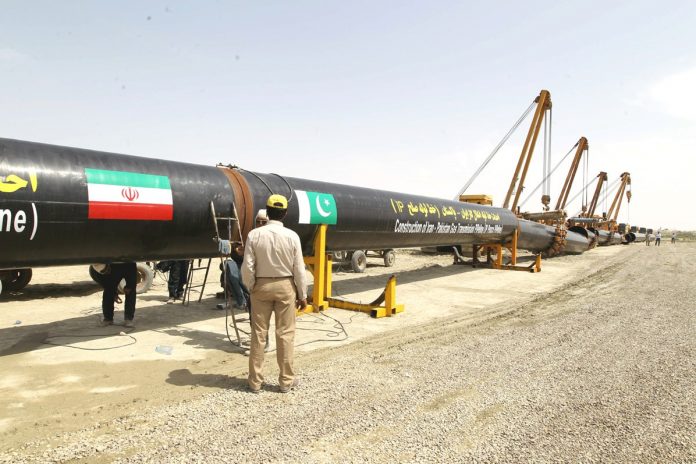Islamabad: International sanctions on Iran including limitations on ‘dollar transaction’ are causing delay in execution of the much awaited Iran-Pakistan (IP) gas pipeline project, official sources in the Ministry of Petroleum and Natural Resources said on Friday.
“As soon as the sanctions are completely lifted, practical work will be started on the project,” they told. Answering a question, the sources informed that Pakistan had conveyed to Iran that international financial institutions were not ready to finance this project due .
They said there was another issue of the ‘snapback’ clause, under which sanctions could be revived against Iran in case it violates its nuclear deal with the West. “The transaction of dollars has not been allowed and investors are not willing to finance due to `snapback’ clause which may lead to sanctions again on the project,” they said and added ‘Snapback’ is the provision of re-imposing the sanctions, if Iran was in non-compliance.
The sources mentioned Pakistan was ready to complete the gas pipeline within 30 months in its part once the sanctions on Iran got lifted. The government had allocated Rs 25 billion in the current fiscal year for the development of gas infrastructure across the country including the IP project.
Sharing details of the project, they said Inter-Governmental Framework Declaration was signed between the two countries on May 24, 2009, while GSPA had reached on June 2009.
Subsequently, Pakistan issued sovereign guarantee on May 28, 2010.
Project consultant for this project was appointed on April 11, 2011, while the design, feasibility, route survey and other formalities of the project were completed on September 8, 2012. The 56-inch diameter pipeline will initiate from South Pars gas field Iran and end at Nawabshah covering a distance of around 1,931 kilometer with 1,150 km portion in Iran and 781 km in Pakistan.
The implementation is to be done on the basis of a segmented approach, whereby each country will be responsible for construction of pipeline in the respective territory. Around 750 mmcfd gas flow in the pipeline is projected to help generate around 4,000 MW electricity also, along with creating job opportunities in backward areas of Balochistan and Sindh.























